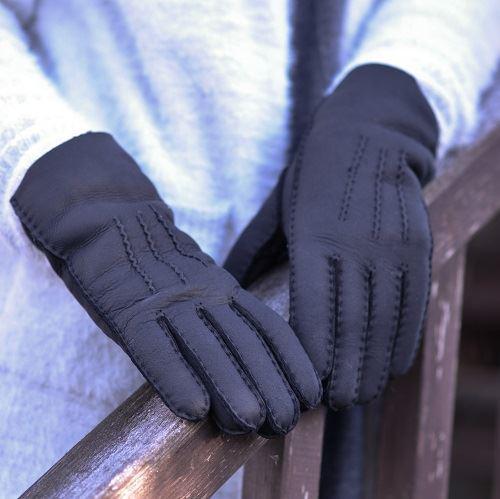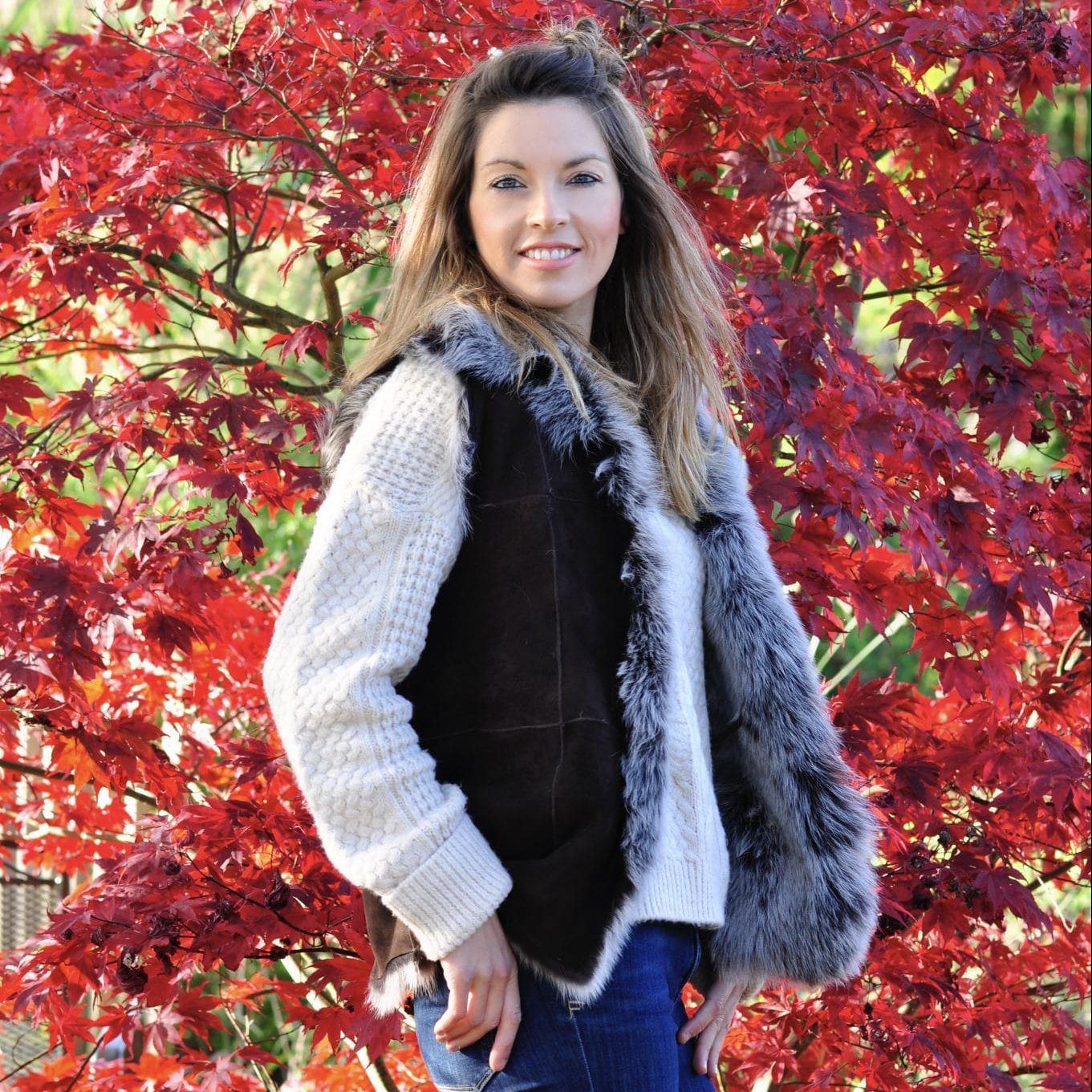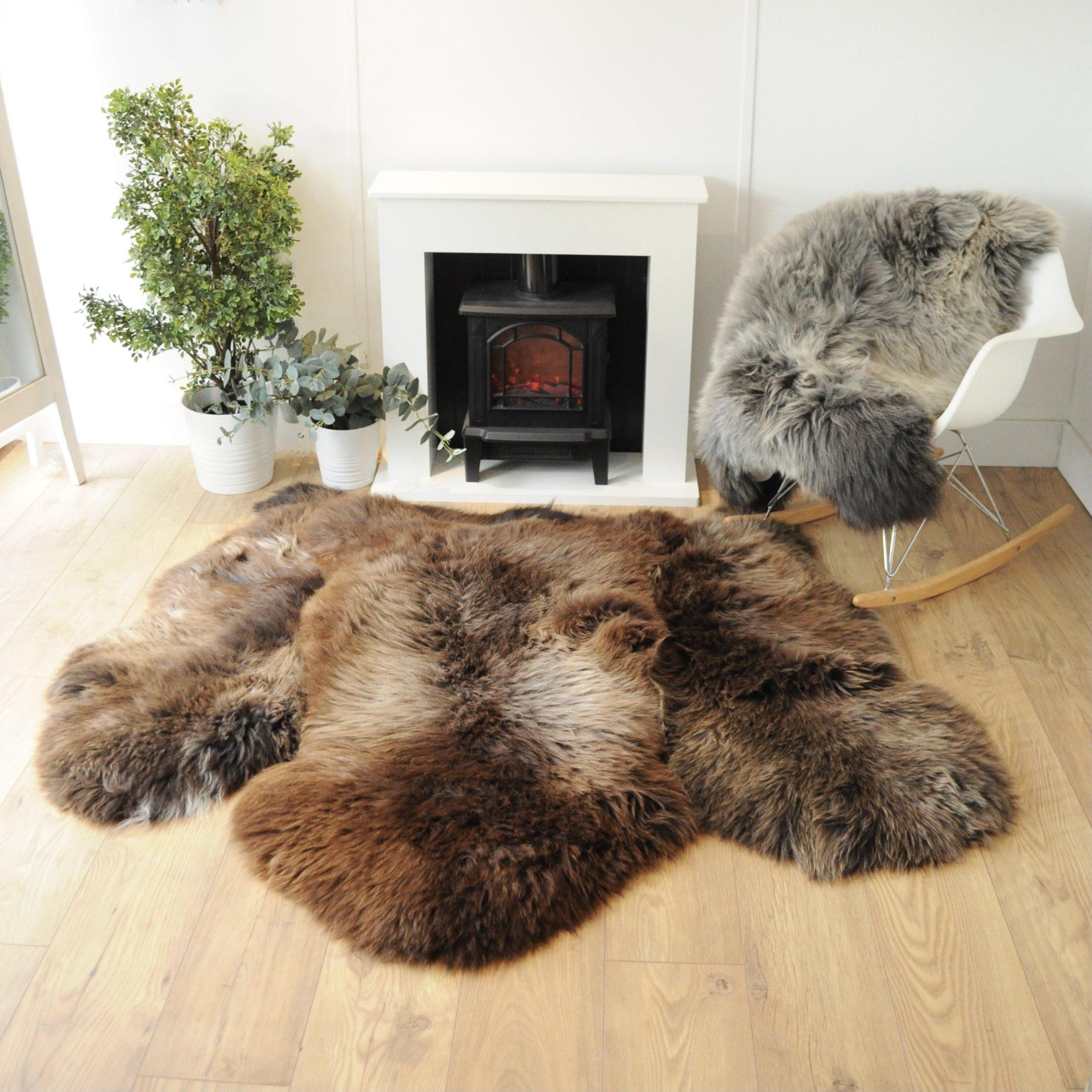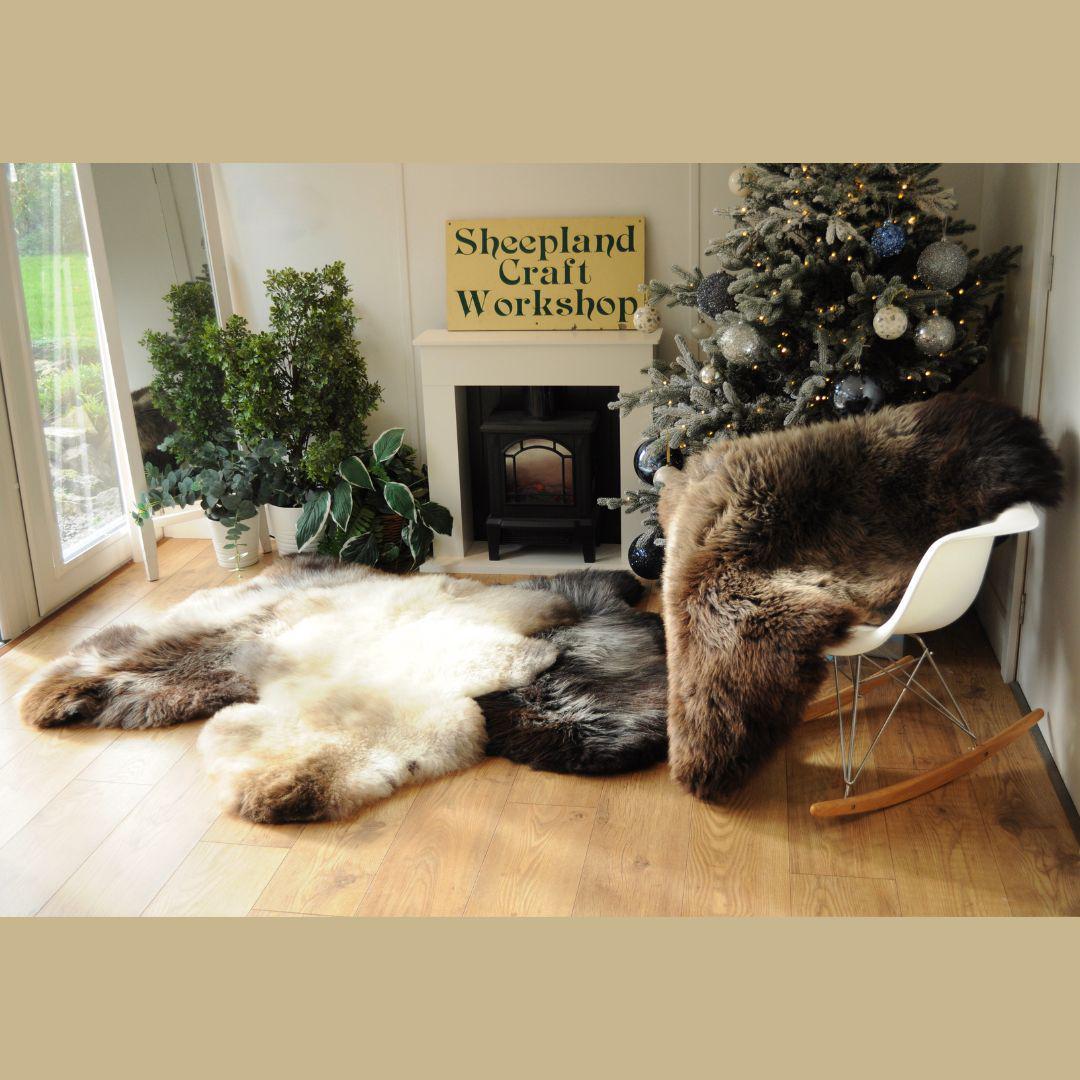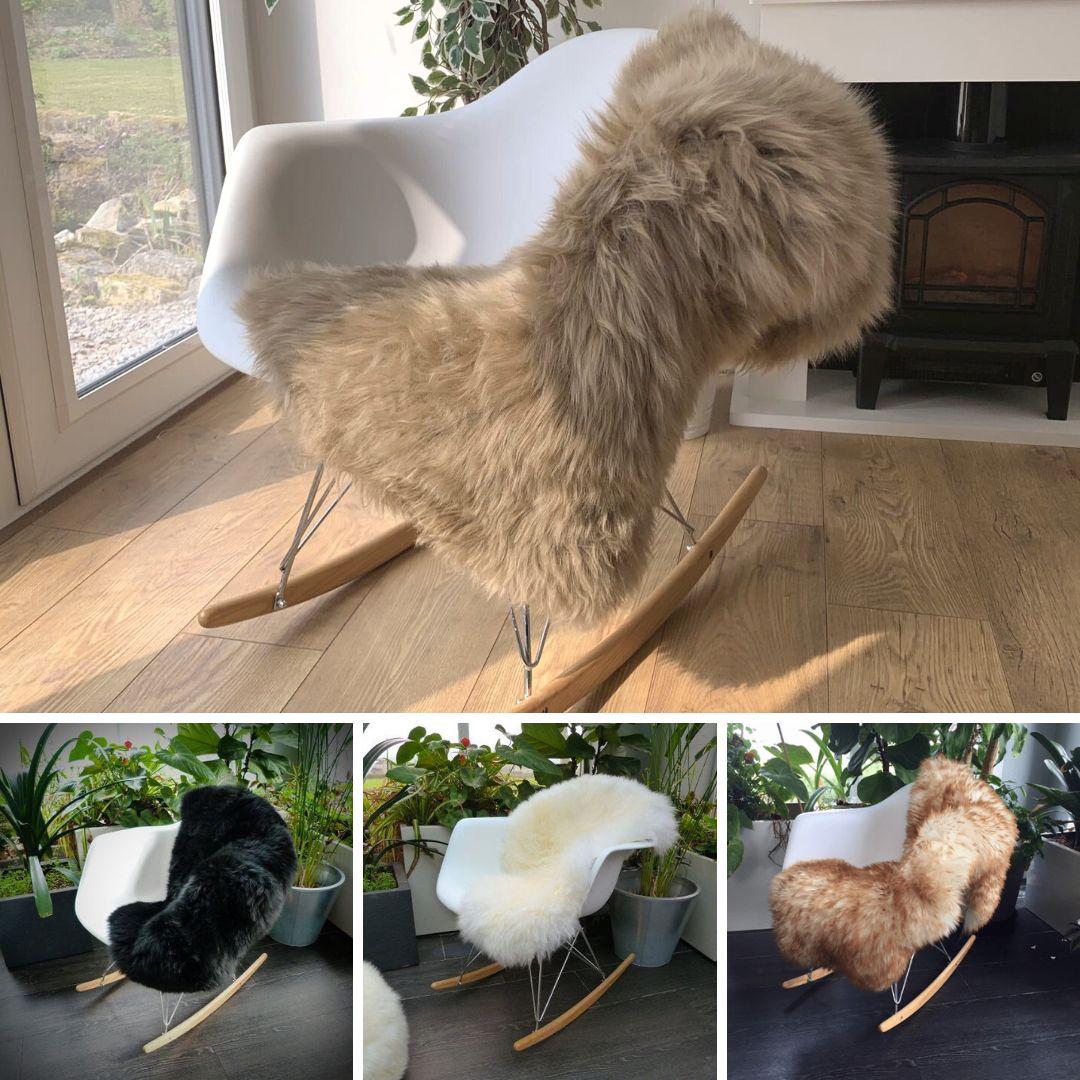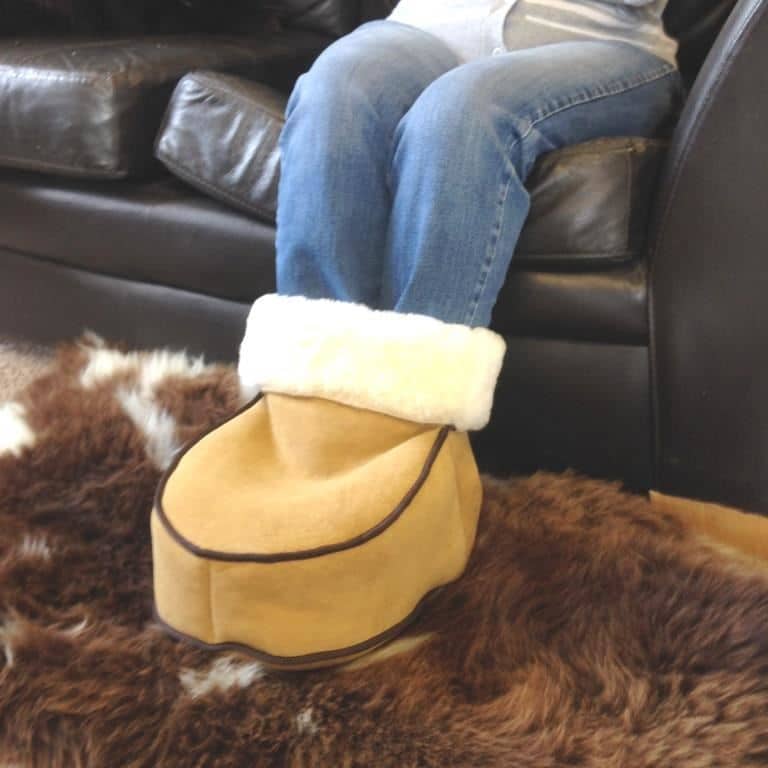The hat that went to the theatre
For a Cossack man, the most important items are his papakha (Cossack hat) and his shashka (a type of sabre). The Cossacks were traditionally semi-military, Christian Orthodox communities who lived along the southern edges of Russia. They are famed for their horsemanship and their striking hats, the latter being worn as a matter of honour, not for warmth.
In the Caucasus, the homeland of the papakha, (or astrakhan hat), there is a saying that if the head is intact, then this hat must be on it. Conversely, according to tradition, the only occasion on which the papakha may be removed is if the wearer’s head is removed with it! This seems extreme to us, so we would counsel you to keep your head and wear one of our Sheepland Handmade Sheepskin Cossack Hats instead; you’ll come to no harm if you remove it indoors and be as warm as toast outside, without becoming brown bread.
The most costly and highly esteemed Cossack hats are made from Karakul lamb. The pelt is removed from the lamb when it is only a few days old. The word ‘karakul’ means ‘black lake’, but when talking of the papakha, it refers to an oasis on the Zeravshan River in Uzbekistan.
Occasions upon which the papakha must be removed are during prayer, making a speech, taking an oath and inside a house. However, once in a building, the Cossack keeps his hat close by.
There are many customs and sayings associated with the papakha. If you have no one to consult, it is said that you must consult your hat. (We, in Britain, are more likely to talk through our hats than to them.)
The word papakha (meaning ‘hat’) entered the Russian language in the nineteenth century, when the Russian Empire annexed the North Caucasus. At this time an idiom, ‘to thrash the tumaki’ was also adopted by the Russians. The tumaki is a long cuff sewn on top of the papakha and before battle, metal inserts were placed in it to protect the neck from sabre blows. In combat at close quarters this cuff was used to beat the enemy, hence the idiom came to mean ‘to thrash someone soundly’.
It was once considered a serious offence to knock off a man’s hat. Mind you, it would have been liberating, given that the hat serves to regulate one’s posture; the hat is so high and heavy that it is impossible for the wearer to bow his head.
This hat is also removed to request the end of a blood feud between clans.
During the course of an argument, if a man threw his papakha on the ground it meant a he would fight to the death.
In Dagestan, if a man was too shy to ask a woman to marry him in public, he would throw his papakha in through her window. If she kept the hat it was a favourable sign and the local matchmakers could then be called in without fear of a rebuff.
The Azerbaijani composer, Uzeyir Hajibeyov, so cherished his hat that he would buy two tickets for the theatre; one for himself and one for his hat.
There is one place we don’t recommend wearing a hat, not even a Sheepland one, and that is Fargo, North Dakota. There, you can be imprisoned for dancing while wearing a titfer.
Released On 14th Nov 2018




